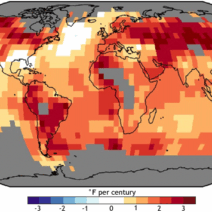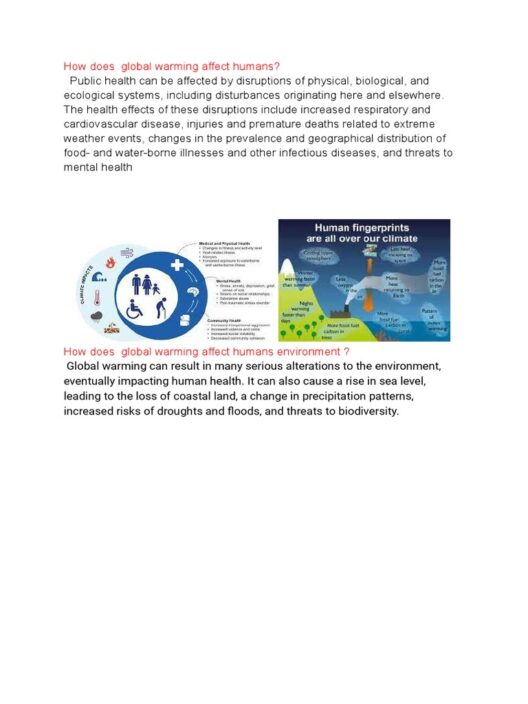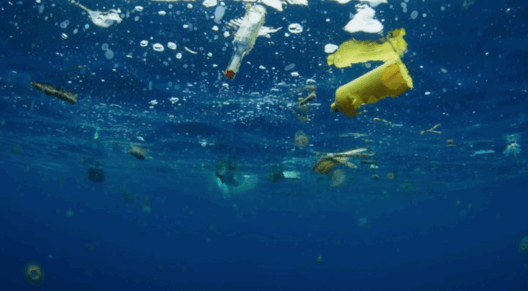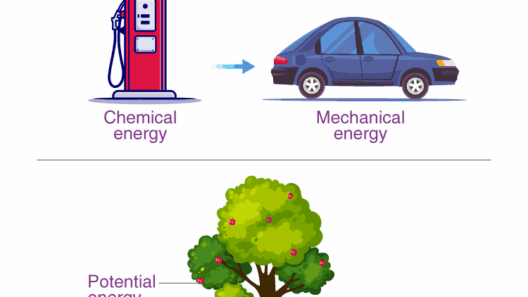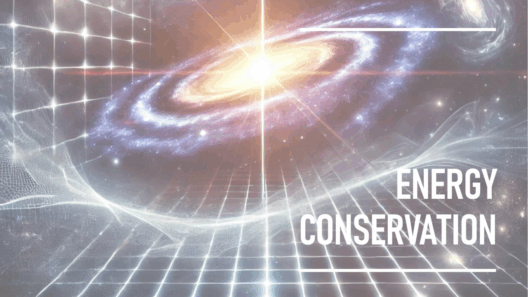The question of energy conservation has long intrigued scientists and environmentalists alike. A particularly engaging area of study emerges when examining nonhermetic systems within the realm of quantum mechanics. Do nonhermetic systems, characterized by their openness and interaction with the environment, inherently fail to conserve energy? This notion introduces a delightful yet perplexing inquiry: can systems, which are open to exchanges with their surroundings, still adhere to the principles of energy conservation? Exploring this enigmatic relationship lies at the heart of understanding both classical thermodynamics and modern quantum physics.
To begin this exploration, it is vital to establish what constitutes a nonhermetic system. In general terms, a hermetic system is characterized by being sealed off from external influences, allowing for no energy transfer or exchange with the surrounding environment. Conversely, nonhermetic systems are subject to interactions that lead to energy loss or gain from external sources. They are permeable; these systems interact with the environment, making them fascinating subjects for examining energy conservation principles.
Understanding energy conservation in any system requires a clear grasp of the laws of thermodynamics, particularly the first law, which states that energy cannot be created or destroyed, only transformed from one form to another. This law applies universally, yet the intricacies of nonhermetic systems compel us to consider the implications of external influences. Do these influences disrupt the balance of energy within the system, leading to apparent violations of conservation laws? This inquiry quickly unravels a tapestry of quantum phenomena that challenge conventional wisdom.
One cannot disregard the role of decoherence in this discussion. Decoherence refers to the process by which a quantum system loses its coherence—its ability to exist in superpositions of states—due to interactions with the environment. It serves to bridge the gap between quantum mechanics and classical thermodynamics. Thus, in a nonhermetic system, the energy states of particles are not merely isolated; they are in constant flux, borrowing energy from their surroundings or dissipating energy back into them. This fosters a complex relationship between entropy and energy levels that merits closer examination.
The loss of coherence through decoherence poses a conundrum: does it result in a failure to conserve energy? When decoherence occurs, does it seem that energy vanishes? In a classical sense, energy measured within the nonhermetic system could decrease, giving the impression of destruction. Yet, how does one quantify energy that has dissipated into the environment? The energy may indeed be conserved, but it becomes difficult to account for energy in nonhermetic systems, as it is no longer contained within a definitive boundary.
To better illustrate the implications of this dilemma, consider the analogy of a leaky bucket. If a bucket filled with water has holes, it loses water over time, and one might conclude that not all the water is being retained. However, if we take into account the surrounding environment—the ground where the water drains and the overall water cycle—the conservation of total water, in a broader context, holds true. Likewise, in quantum systems subjected to external interactions, energy may be redistributed rather than lost, leading us to reconsider how we calculate energy conservation.
An intriguing aspect of nonhermetic systems is the presence of feedback loops that influence energy dynamics. These feedback mechanisms can enhance or reduce energy flow depending on external conditions. Herein lies an exhilarating paradox. While nonhermetic systems may appear to lose energy, they might also attain higher efficiency through adaptive energy exchanges. Such adaptability allows them to optimize energy use, ultimately conserving energy when viewed holistically.
Additionally, it is invaluable to analyze nonhermetic systems through the lens of information theory. Information plays a critical role in how these systems process and manage energy. Quantum mechanics redefines our understanding of information as a physical resource. The loss and gain of information in nonhermetic systems correlate directly with energy exchanges; thus, this framework may provide a new perspective on energy conservation. In this regard, one can argue that nonhermetic systems do not inherently fail to conserve energy—they simply reallocate it in ways that require a more nuanced understanding.
A broader implication of this inquiry extends to the realm of energy sustainability and environmental conservation. Lightly examined, nonhermetic systems can present profound opportunities for increased efficiency. The notion of recycling energy, reminiscent of how quantum systems interact with their environments, underscores a fundamental principle: efficiency is not solely a mechanical property; it is also an energetic exchange that requires dynamic external interactions.
The potential for utilizing nonhermetic systems for energy efficiency presents a formidable challenge for researchers and technologists. By advancing our understanding of these systems, we may devise innovative strategies for harnessing energy through decentralized networks, inspired by quantum mechanics. This intersection reveals an exemplary model for addressing energy conservation in real-world applications. As society grapples with the impending challenges of climate change and energy scarcity, it becomes paramount to adopt a mindset that embraces complexity, nonlinearity, and adaptability.
In summary, while nonhermetic systems may challenge conventional definitions of energy conservation through their interactions with external environments, they are not intrinsically flawed. The apparent energy loss can often be attributed to a reallocation process, revealing deeper principles of energy dynamics at play. As the scientific community furthers its exploration of this quantum conundrum, it opens doors to sustainable solutions and innovative means of conserving energy. In our pursuit of a more efficient future, understanding the delicate balance of energy exchanges within emerging nonhermetic systems stands as a vital pursuit. The quest for energy conservation now takes on a new dimension—a dimension that marries the abstract with the tangible in the ever-relevant conversation of sustainability.
